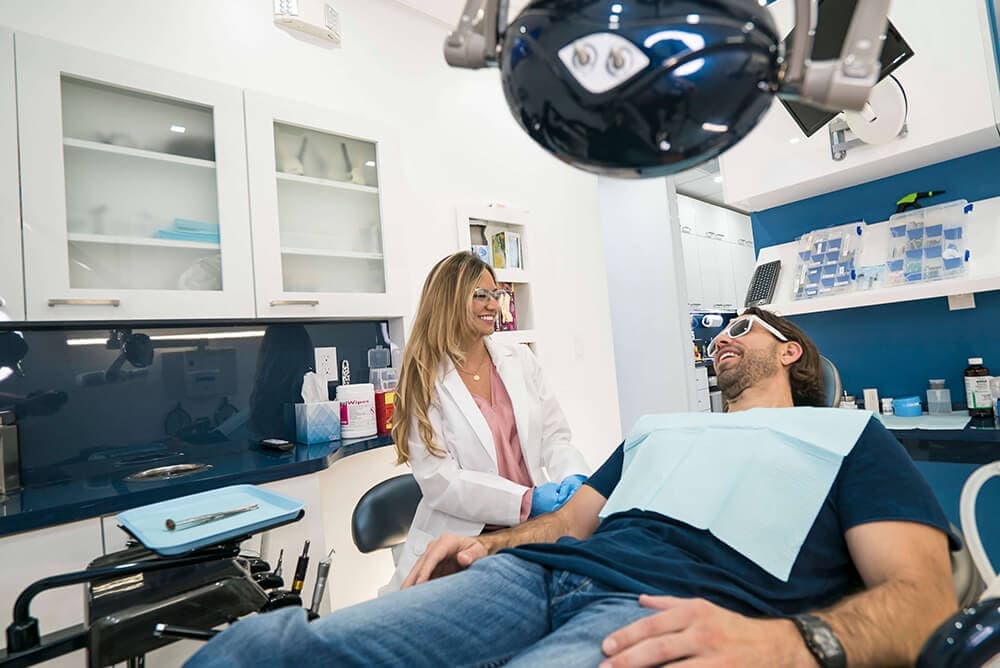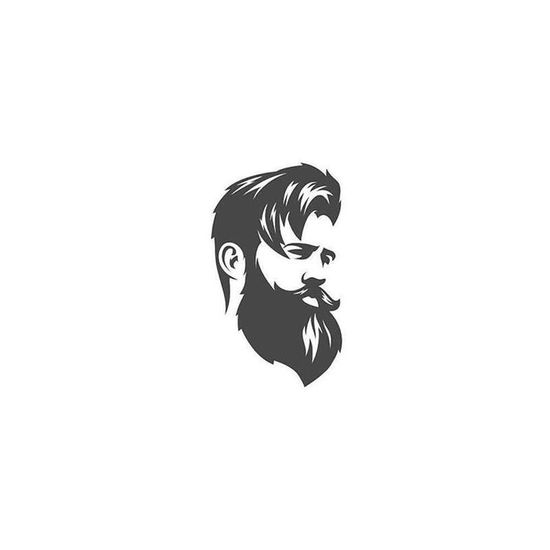What is the treatment for varicose veins? varicose veins are a common medical condition that affects millions of people around the world. Characterized by twisted, swollen, and often painful veins, varicose veins can have a significant impact on a person’s quality of life. Fortunately, there are several treatment options available to manage and alleviate the symptoms of varicose veins. In this comprehensive guide, we will explore these treatment options and provide valuable insights into what you can expect when seeking treatment for varicose veins.
Understanding Varicose Veins
Before delving into the treatment options, it’s important to have a basic understanding of what varicose veins are and what causes them. Varicose veins are enlarged, bulging veins that most commonly appear in the legs. They develop when the valves within the veins fail to function properly. These valves are responsible for ensuring that blood flows in one direction—toward the heart. When they become weakened or damaged, blood can pool in the veins, leading to their enlargement and the development of varicose veins.
Risk Factors
Several risk factors can contribute to the development of varicose veins, including:
- Age: As we age, our veins may lose elasticity and become more prone to valve dysfunction.
- Gender: Women are more likely than men to develop varicose veins, particularly during pregnancy and hormonal changes.
- Family history: A family history of varicose veins can increase your risk of developing them.
- Obesity: Excess weight can put added pressure on the veins in your legs, increasing the likelihood of varicose veins.
- Prolonged sitting or standing: Occupations that require long periods of sitting or standing can hinder proper blood circulation and contribute to varicose veins.
Symptoms Of Varicose Veins
Varicose veins can cause a range of symptoms, including:
- Visible, twisted veins that are often blue or purple in color.
- Aching or throbbing pain in the legs.
- Swelling and discomfort, especially after prolonged periods of sitting or standing.
- Itching or burning sensations around the affected veins.
- Skin changes near the veins, such as discoloration or dryness.
- Restless legs or muscle cramps, particularly at night.
Now that we have a better understanding of varicose veins, let’s explore the various treatment options available.
Treatment Options For Varicose Veins
Lifestyle Changes
In mild cases of varicose veins, making simple lifestyle modifications can help alleviate symptoms and prevent further progression of the condition. These changes include:
- Regular exercise: Engaging in activities that promote blood circulation, such as walking or swimming, can help improve vein health.
- Weight management: Maintaining a healthy weight reduces pressure on the veins in the legs.
- Elevating your legs: Raising your legs above heart level when resting can help reduce swelling and discomfort.
- Avoiding prolonged sitting or standing: Taking breaks and changing positions can prevent blood from pooling in the veins.
Compression Stockings
Compression stockings are a non-invasive treatment option for varicose veins. These specialized stockings apply gentle pressure to the legs, promoting better blood flow and reducing swelling and pain. They are available in various compression levels, and a healthcare provider can recommend the most suitable type based on the severity of your varicose veins.
Sclerotherapy
Sclerotherapy is a minimally invasive procedure often used to treat smaller varicose veins and spider veins. During this procedure, a medical professional injects a solution directly into the affected vein. This solution irritates the vein lining, causing it to collapse and eventually be reabsorbed by the body. Over time, the vein fades from view. Sclerotherapy is typically performed in an outpatient setting and requires little to no downtime.
Endovenous Laser Treatment (Evlt)
Endovenous Laser Treatment, or EVLT, is a procedure that uses laser energy to seal off varicose veins. A thin laser fiber is inserted into the affected vein through a small incision. The laser energy heats and closes the vein, redirecting blood flow to healthier veins. EVLT is highly effective for larger varicose veins and can be performed in an outpatient setting.
Radiofrequency Ablation (Rfa)
Radiofrequency Ablation is another minimally invasive treatment option for varicose veins. In this procedure, a catheter is inserted into the damaged vein, and radiofrequency energy is applied to heat and close the vein. Like EVLT, RFA redirects blood flow to healthier veins, relieving symptoms. RFA is often chosen when EVLT is not suitable for a patient.
Venaseal
Venaseal is a relatively newer treatment option that uses a medical adhesive to seal varicose veins shut. A small catheter is inserted into the vein, and the adhesive is injected, sealing the vein walls together. Over time, the body absorbs the sealed vein. Venaseal offers a virtually painless and highly effective alternative to traditional surgical methods.
Surgical Options
In severe cases of varicose veins or when other treatments have not been successful, surgical interventions may be necessary. Surgical procedures for varicose veins include:
- Vein stripping: This traditional surgical method involves removing the affected vein through small incisions.
- Ambulatory phlebectomy: In this procedure, small incisions are made, and the varicose vein is physically removed in sections.
- High ligation and vein removal: This procedure involves tying off the damaged vein and removing it through a small incision.
Conclusion
What are the Treatment Options for Varicose Veins? The treatment options for varicose veins are diverse, ranging from lifestyle changes and compression stockings to minimally invasive procedures like sclerotherapy, EVLT, RFA, and Venaseal. In severe cases, surgical interventions may be necessary to alleviate symptoms and improve overall vein health. If you’re experiencing symptoms of varicose veins, it’s essential to consult with a healthcare provider or a vascular specialist who can assess your condition and recommend the most appropriate treatment plan. With the right approach, you can effectively manage varicose veins and enjoy improved leg health and quality of life.





